When it comes to interior design, there are plenty of product choices on the market, and keeping each one straight can be incredibly confusing for the average homeowner. Some commonly misused terms are closely related in meaning while others have nothing to do with one another (from vintage versus antique to chevron versus herringbone). Here are the most common design terms people mix up, and how to set them apart once and for all.
Brian McCourt is a contractor, design expert and co-host of HGTV Canada’s Backyard Builds.
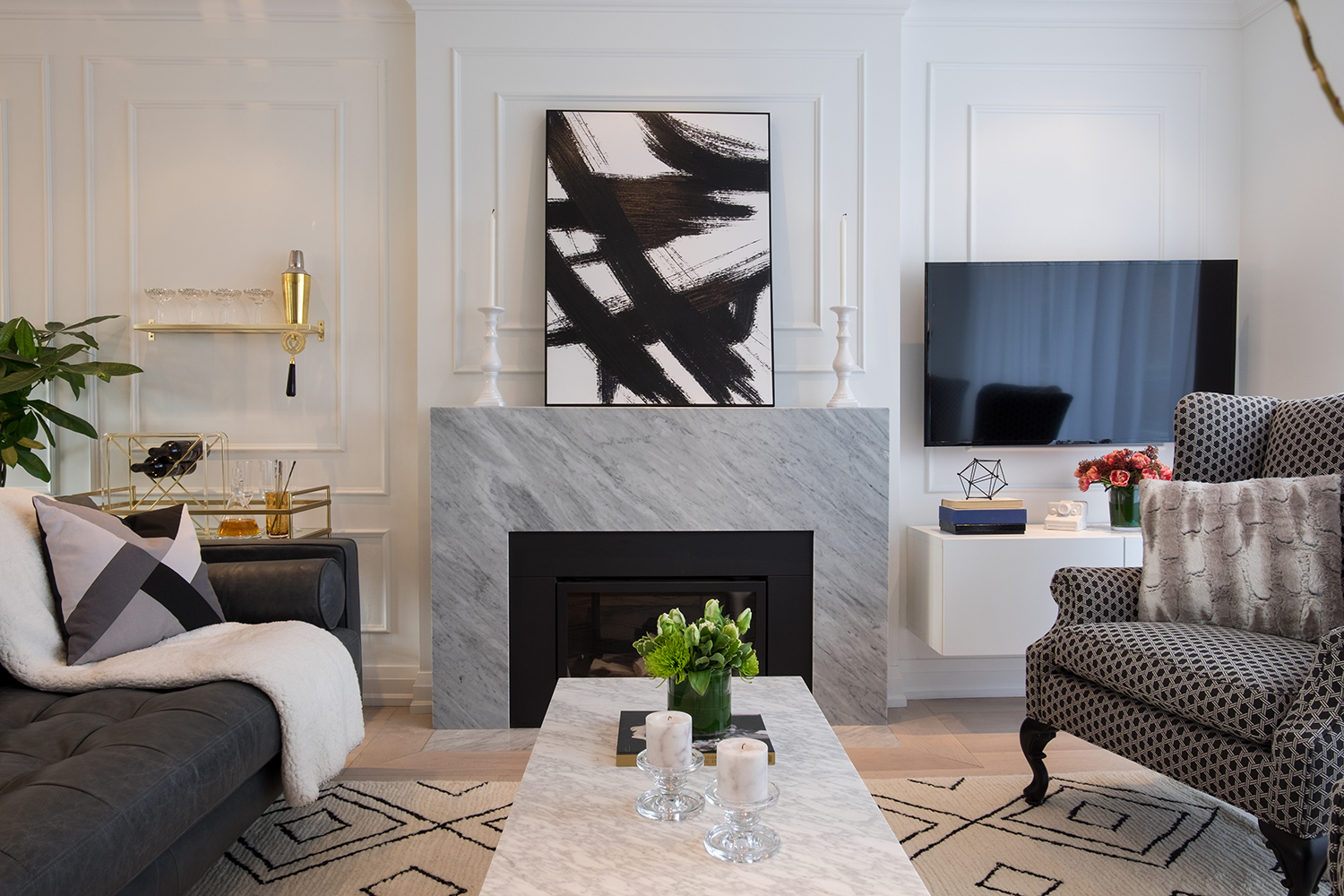
Modern vs Contemporary
Modern refers to a specific design style, Mid Century Modern, which came about in the middle of the 20th century (1920s to 1950s). Contemporary design doesn’t refer to a set time period – it’s a more general term that’s always changing and refers to what is current and popular right now.
Looking for inspiration? These modern living rooms are spilling with style.
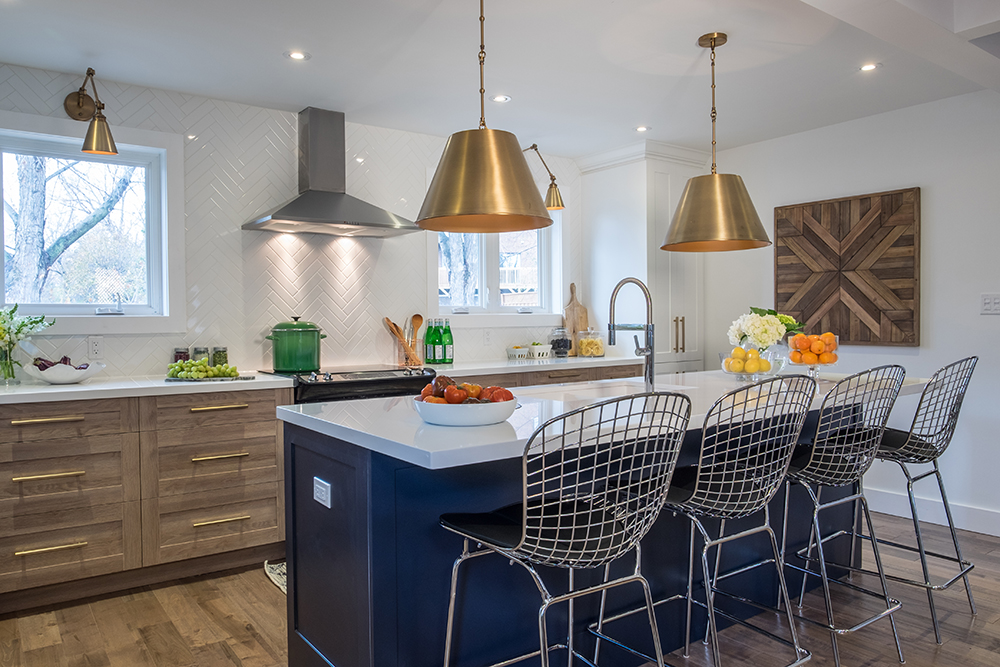
Chevron vs Herringbone
The difference between these two “zigzag” patterns comes down to how the tile or flooring is laid. Chevron has a 45-degree angled end, where the zigzag pattern creates a continuous “V” shape. Herringbone (pictured on the backsplash here) features a square end, creating more of a broken zigzag look.
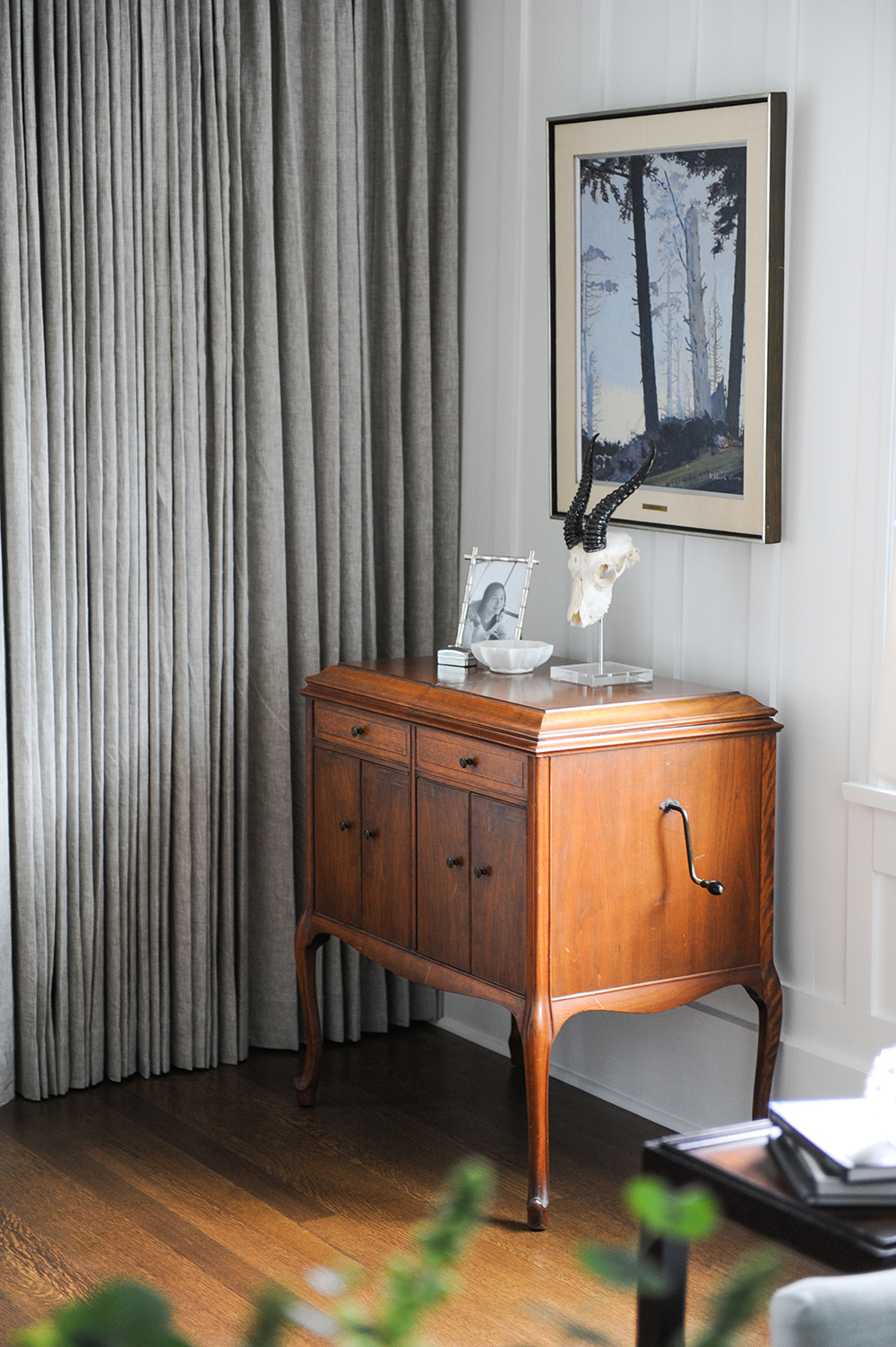
Vintage vs Antique
These terms are often used interchangeably, but vintage describes an item that is at least 20 years old, whereas an antique has to be 100 years or older.
Step inside this character-filled home brimming with antique treasures for design inspiration.
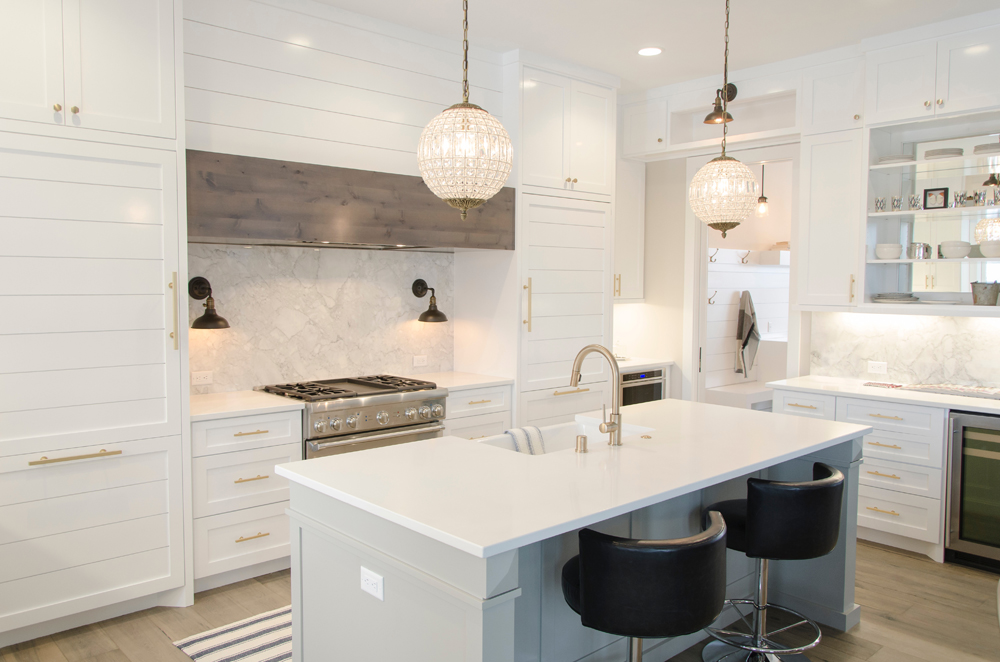
Melamine vs Laminate
Melamine refers to a type of plastic coating that’s always applied to a substrate, such as particle board, MDF or plywood. Laminate is also a plastic material but is thicker and requires more effort to manufacture, making it more durable. It can be sold on substrate or on its own as thin layers, whether used as a countertop or flooring material. Melamine on the other hand is strictly a finish and is not used as a standalone material.

Carrara vs Calacatta
These two marble materials are quite similar, but Calacatta (pictured) is whiter in colour with thick grey veining, whereas Carrara takes on a greyer hue and features softer veining. Carrara is the more common of the two materials.

Engineered Hardwood vs Solid Hardwood
Engineered wood refers to real wood that has been manufactured in layers. It is usually thinner than solid hardwood and is considered a more stable product in terms of expansion and contraction (less movement). Solid hardwood is a full piece of wood milled from a tree and can be refinished many more times than engineered.

Particle Board vs MDF
Both materials are made from wood and resin. However, particle board is crafted from larger wood particles and MDF (medium-density fibreboard) is made from wood dust. MDF is denser, making it the more durable material. Often, kitchen cabinet boxes are made from particle board while the cabinet doors are made using MDF.
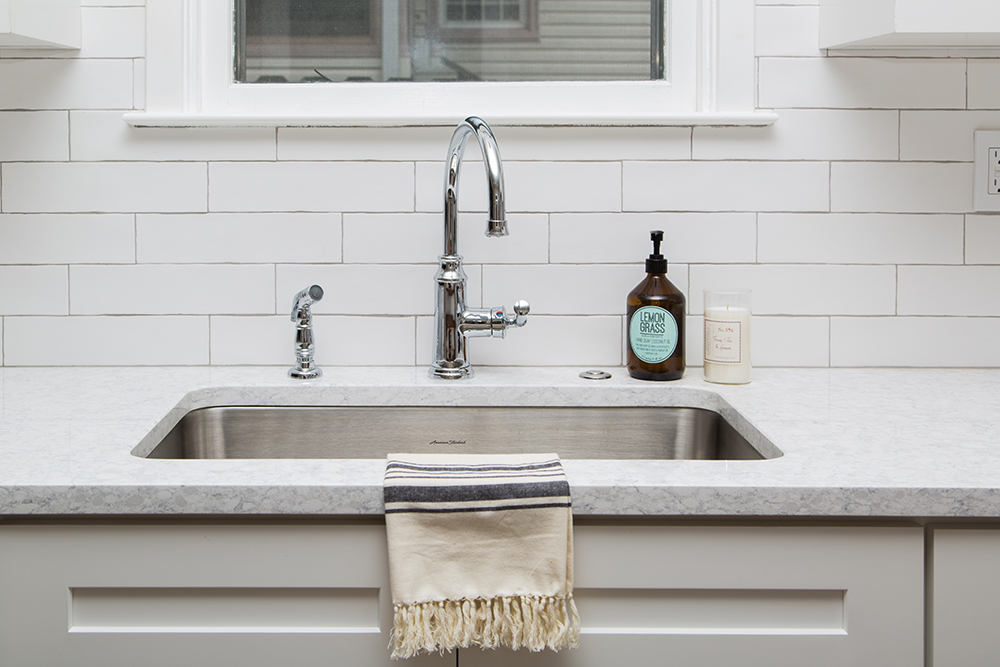
Quartz vs Granite
Quartz is a man-made engineered stone consisting of approximately 93 percent crushed stone and seven percent resin. The material is fully sealed and requires no maintenance. Granite is a natural stone cut from the earth in large sheets. It’s more porous than quartz, requiring more maintenance and is less durable. For the practical folk, quartz is the better choice.

Porcelain vs Ceramic
These materials are very similar, but porcelain is made from a more refined and denser clay. For this reason, it’s less porous and therefore more durable than ceramic.
HGTV your inbox.
By clicking "SIGN UP” you agree to receive emails from HGTV and accept Corus' Terms of Use and Corus' Privacy Policy.




